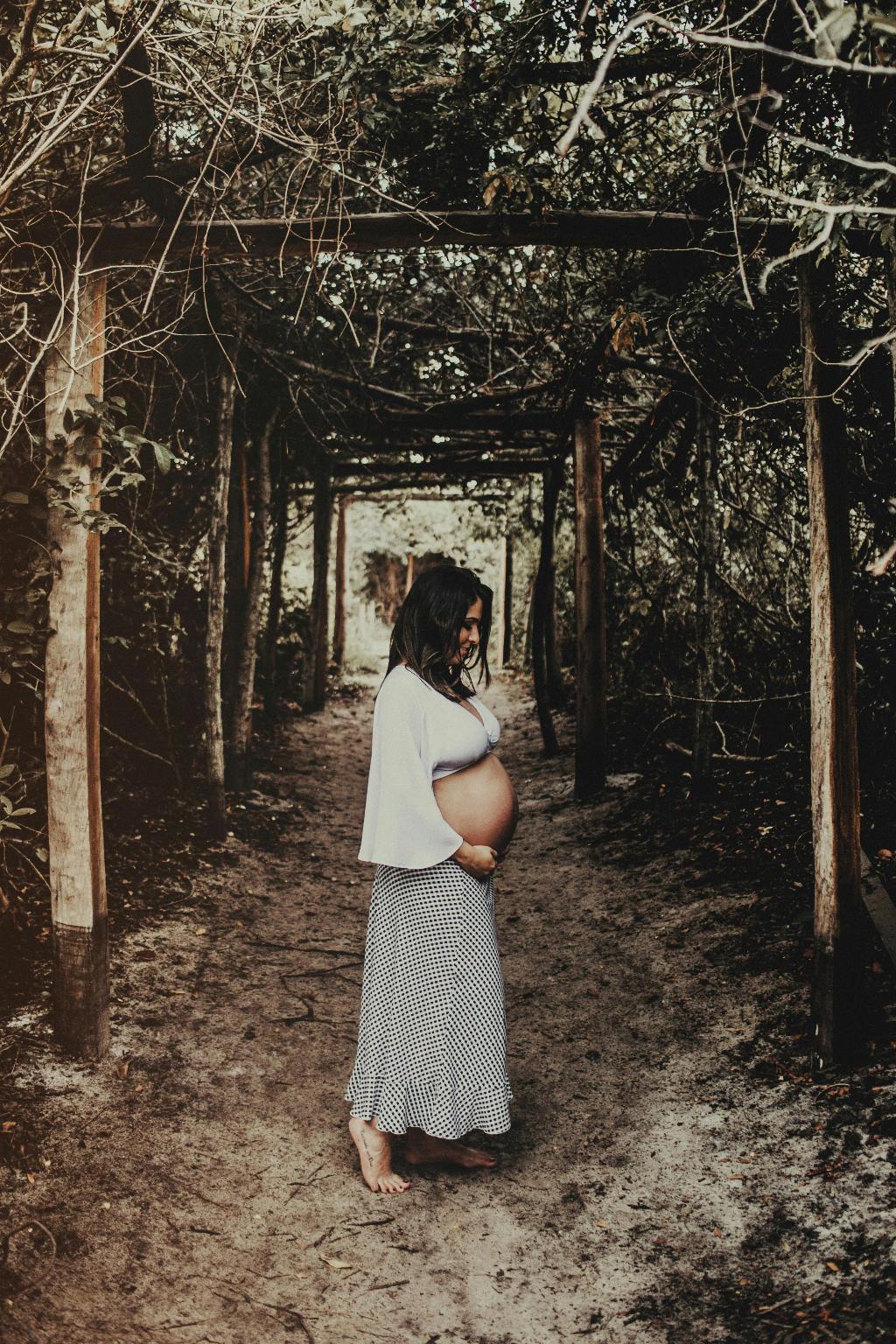After a Cesarean section (C-section), it’s important to consider the appropriate positions for postoperative care to ensure proper healing and comfort. One key aspect to keep in mind is to avoid sleeping on your front after a C-section. Doing so can exert pressure on the incision area, causing discomfort and potentially impeding the healing process.
Instead of sleeping on your front, it is advisable to explore alternative sleeping positions that are more conducive to post-cesarean recovery. One option is to sleep on your side, as this can alleviate pressure from the incision site and promote better circulation. Another comfortable position is to lie on your back with your head slightly elevated, which can help reduce strain on the incision area.
For some individuals, sleeping in an upright position may be beneficial after a C-section. Sitting fully up, supported by pillows if needed, can provide relief and prevent undue pressure on the surgical wound. Experimenting with different sleeping positions is key to finding what works best for your individual comfort and healing needs.
Aside from sleeping positions, it’s also essential to consider appropriate seating positions following a C-section. When sitting or reclining, ensure that your back is well-supported to prevent strain on the abdominal muscles and incision area. Sitting with proper posture can aid in reducing discomfort and promoting a speedy recovery.
While moving about, it’s crucial to be mindful of your body mechanics to avoid stressing the C-section incision. When standing, maintain a neutral spine position and engage your core muscles to support your abdomen. Avoid sudden movements or heavy lifting that may strain the incision site.
In addition to sleeping and sitting positions, consider the optimal posture for activities such as breastfeeding or bottle-feeding after a C-section. Supporting your back with pillows during feeding sessions can help prevent back pain and lessen strain on your abdominal muscles, allowing for a more comfortable experience.
When caring for your newborn, adapt your posture to promote healing and prevent discomfort. Avoid bending over excessively or reaching too far, as this can strain the abdominal muscles and the C-section incision. Kneeling or using a footstool for support can facilitate caregiving tasks.
Throughout the recovery period, prioritize gentle movements and proper body alignment to protect the C-section incision and promote optimal healing. Walking in a relaxed manner with good posture can aid in maintaining circulation and preventing muscle stiffness, while avoiding strenuous activities that could impede recovery.
As you resume daily activities, pay attention to how your body responds to different positions and movements. Listen to your body’s cues and adjust your posture accordingly to prevent discomfort or strain on the C-section incision. Gradually increase your activity level as you regain strength and mobility.
Remember to consult with your healthcare provider for personalized guidance on post-C-section care, including recommendations for beneficial positions and movements based on your individual recovery progress. By being mindful of your posture and movements, you can support your body’s healing process and enhance your overall well-being following a C-section.
In conclusion, choosing appropriate positions after a C-section is crucial for promoting healing, comfort, and overall well-being during the recovery period. By prioritizing proper sleeping, sitting, and feeding postures, as well as mindful movements in daily activities, you can support your body’s healing process and facilitate a smooth recovery following cesarean delivery.

